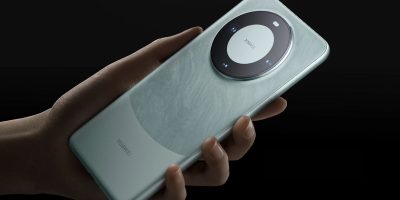By now, everyone has probably heard about how Huawei has been banned from doing business with US companies and vice versa. This means that certain components Huawei needs for some of its products may no longer be available to them, although the question is, how much does this really affect the company?
According to a teardown by the Nikkei Asian Review, the publication took it upon themselves to find out exactly how many components there are inside of the Huawei P30 Pro that is sourced from US companies. Based on their teardown, it seems that out of the 1,631 components needed to make the phone, only 15 components were actually from the US.
These components include the RAM used by the phone that is made by Micron, a company based in Boise, Ohio. Then there is the OLED panel which is made by BOE, followed by a couple of communication semiconductors made by Skyworks and Qorvo. If these companies don’t sound familiar, don’t worry about it.
That being said, while US made components only account for a fraction of the total build, they actually cost quite a bit. It is estimated that 16.3% of the total production cost of the P30 Pro goes towards these US companies. We had previously reported that the ban on Huawei is said to potentially cost US companies $11 billion in revenue, and these numbers seem to support that.
What’s unclear is how much more Huawei pays for the additional licensing fees that are paid to use technologies like Bluetooth, WiFi and cellular communications technologies which go to US companies as well. Typically, these fees can account for at least 10% of the total cost of a device.
Source: Nikkei Asian Review











Comments